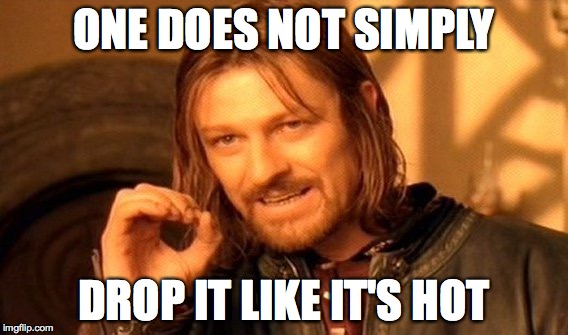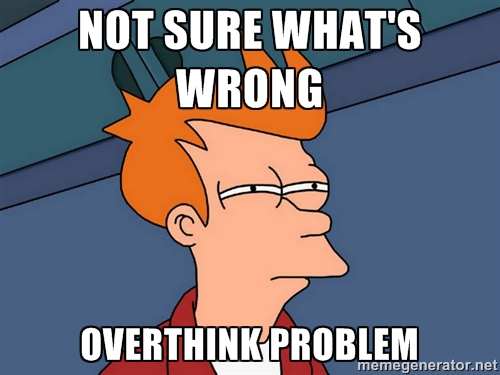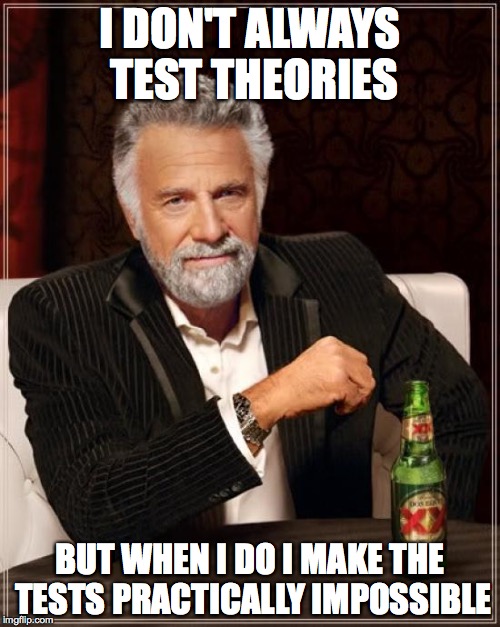
This week, I thought a lot about my conversation Monday with Keep Calm CEO Aidan Fitzpatrick. In part because he was kind, generous with his time, and runs a business that makes the world a better place with interactive art, like I’m learning to do. And in part because something about our exchange on—and my rejection of—the drop-shipping ecommerce model didn’t sit right.
Drop-shipping is a way of doing business online that a lot of Amazon and eBay sellers use without knowing what it is. It’s basically the online version of buying wholesale and selling retail—but without the hassle of physical location and inventory. So if it works, you can run your own business from anywhere in the world with minimal capital investment.
Sounds too good to be true. So I haven’t even tried it. Instead, I’ve thought up a good case against it. This violates the “do more, plan less” spirit of the rules of my year-long experiment in making art and traveling the world. Plus, it turns out to be a bad case.
Debunking the Case Against Drop-Shipping

Drop-shipping as I understood it on Monday has three marks against it:
1. It doesn’t add value.
2. It’s not my art.
3. It sounds kinda scammy.
All these arguments are wrong.
1. Value.
Drop-shipping is the same basic model all businesses work on, in the ecommerce context. People do business with you in exchange for making their lives better in some way. Whole-sellers sell to middle-men (retailers or drop-shippers) because it cuts their transaction costs. You do their advertising, more smaller transactions, and customer service. They make and ship the product. Customers in turn buy from middle-men because it saves them huge gobs of time, and gloms goods and services together in ways that otherwise increase quality of life. Think of Starbuck’s. Do you want to go to Sumatra to find your dark roast, or do you want 15 minutes of peace, good music, and a reliable cup of coffee made for you?
Personally, I want to go to Sumatra. But, um, not right now. Right now I want the coffee and to finish this blog so I can get to an art exhibit at Buckingham Palace on paintings of paradise while launching my next experiment in monetizing my art business. So I’ll take the reliably good coffee and free WiFi, thanks.
Far from not adding value, then, drop-shipping is a contemporary form of the way business (at its best) works in general. Probably many drop-shipping businesses, like other businesses, don’t add value for their customers. Probably those businesses fail. I don’t care about the ones that don’t, because that’s not the kind of business I want to run anyway. Karma is a bitch—and she ain’t my bitch. Someone else can sort out the unfairness noise in the justice signal right now. (We can discuss later how ironic this is coming from a woman who once hung a Sword of Justice in her office, while working on the Justice Database at UCLA and Harvard.)
So the real question is how to add value in this model, not whether this model adds value.
2. Art.
It’s very important to me to run my own business as an artist. But there are lots of different things that could mean. I love painting, singing, writing in various forms, reading, exploring the world, long walks on the beach… I’m a whole human being with a complex array of interests and adaptive potential just like everybody else.
One of the things I keep learning from businesspeople I talk with on my travels is how there is an art in everything. Everything you love. Everything you put your heart in. If you approach it that way, it’s there. You make it art. You practice your art. It makes you an artist.
This means that, just as Jim Henson brought his art to ads and then ads to the public service of making world peace and children’s education through art, so too can artists like me make money first while developing our art in the longer-term. It does not have to be either-or. I just have to try more new things to figure out how to do it at this stage, in this place and time.
So the real question is not whether drop-shipping is the first-next priority in my latest imaginary ideal art world. That project is The Lorax of policing—an illustrated children’s poem-story allegory for how trust makes security that introduces an iconic counter-terrorism symbol while translating procedural justice research (the way Dr. Seuss translated economics research and political philosophy on common-pool resources) for a broad audience to promote world peace through art in the first of an ongoing children’s book series called (what else?) Where the Wilde Thinks Are. Like everyone does for fun on the weekend.
But I have to produce the product and build up to the launch before I can even start validating titles. This is too long-game to be my first-priority art business goal. So is the screenplay I need to revise again before pitching. So is the albums or two’s worth of songs I need to rework with a better accompanist or three before recording and releasing online, again with the proper pre-launch work once the product exists in final form. So even is the old-school painting model that I’m learning still works best for other visual artists, where you work in public and sell mostly commissions using sidewalk sales, art walks, and markets. This takes or seems to take the kind of physical presence and mooring I’ve given up for the year to try different things.
Instead, the right art business question to be asking here is what I can do that is one of my arts that other people want to pay me for immediately in this drop-shipping context.
3. Scamminess. The problem here is that drop-shipping sounds too good to be true. Make money online without producing a product. Work for yourself, from anywhere in the world.
But that’s just because the description is wrong. You are producing a product in drop-shipping. The product is commerce with lower transaction costs for the whole-seller, who pays you by doing business with you at wholesale prices. And if you’re smart, it’s happiness for your customer. Whatever else it is. You have to tell people what it is, and sell it, and make sure they’re happy with it. That’s just good business. You never work for yourself, then. You work for the customer.
So the real question is not whether drop-shipping as an ecommerce model is a scam, but whether I can do it in a way that monetizes my art, makes people happy, and generates net profit immediately with minimal capital investment.
The case for drop-shipping, then, is that it requires minimal capital investment, makes money quickly, generates value for producers and consumers alike, and can be done from anywhere without a traditional business or for that matter personal life infrastructure. In theory, it does all that while immediately monetizing art as a business—if done right. Let’s test that theory.
The Experiment

Being me, I want to run five experiments at a time.
Knowing me—and my tendency to work to the point of near-oblivion on the fractal possibilities of the thing I’m excited about, when experimenting joyfully with a few, small next-steps is sometimes a better idea—I will settle for pitching one drop-ship experiment to my perfect fantasy collaborator for this, and doing one myself. I will only tell you about the fantasy collaboration if it happens and it’s ok to share. I will structure the drop-ship experiment as fully as possible while also actually starting it today.
The drop-shipping experiment I run solo has to start with what—an idea, who—a target market niche, when—time and cost bounds, why—how my product makes people happy, and how—how I’ll profit by the numbers based on specific wholesaler research, how I’ll know if it’s a successful experiment or model that I should test further, how I’ll do the first few next steps immediately, listen deeply, and adapt, rather than planning the whole thing like I already know the answers to the important questions.
This is just a simpler heuristic for approaching idea validation with the basic questions we ask about all sorts of things. Today I am using the simpler version of all things because I am inexplicably terrified of this experiment. Busking on the streets of Mexico City? Cool. Improv and stand-up on London stages? Bring it. Giving a proper try to a new way of potentially making money as an artist? Hand me the Bachs. This is really scary. Because if I fail, maybe it means I’m a bad businessperson or can’t hack it as an artist. (Of course it means no such thing. It means more experiments.)
What: That’s a good question. I’m not sure yet what idea to structure this experiment around.
When: I want to spend under $100 and give this experiment seven days to make net profit.
Who: Depends on what, but probably my target market is mostly young American women. That’s what I know, and it’s a good market.
Why: Again depends on the what and who.
How: Depends on the what, who, and why.
So essentially I’m giving myself $100 and seven days to turn net profit on an idea I haven’t had yet that implements an ecommerce model I haven’t tried before. This is a tough test of drop-shipping to say the least.
Which is as it should be. Tough tests are the best way to test any theory. New experiments, where you don’t know the results in advance, are the best kind to run. And making the world a better place with art is a worthy goal to take some risks for. And compromise—and learn—and try again.